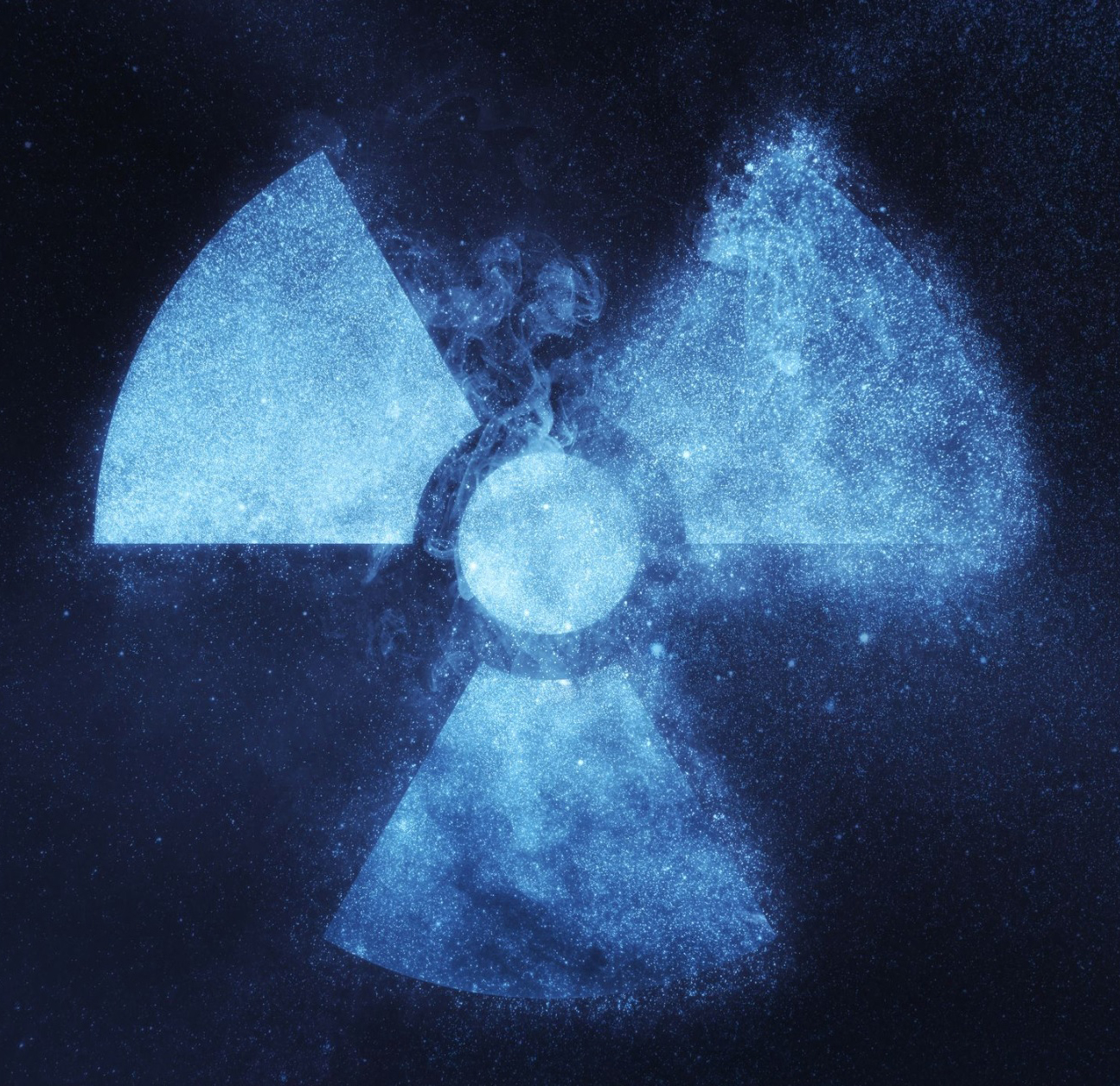
In an online video from Ultra Safe Nuclear Corporation, a cartoon simulation shows a tsunami wiping out one of their future nuclear power stations and cutting off power.
The Seattle-based Ultra Safe and dozens of other companies like it are at the forefront of a global nuclear energy revival.
As the world urgently needs to wean itself off fossil fuels, reduce greenhouse gas emissions and get the planet’s temperature under control, policymakers, companies and researchers are reexamining nuclear energy as a green alternative that can help bolster the power produced by renewables like wind and solar.
As with everything in the nuclear landscape, debate rages about whether society actually needs nuclear to tackle climate change, and whether the new systems are as shiny as they seem-with reasonable arguments for and against every promise and risk.
Some say the new technologies could offer a fantastic solution to our energy woes; others say nuclear is beset with so many environmental, social and economic problems that it is best abandoned in favor of other ways to meet the globe’s energy demands.
The next few years will decide what course nuclear power takes in the world’s energy future.
Nuclear power poses some obvious risks-meltdown accidents, nuclear fuel being diverted to weapons programs, environmental issues posed by mining for uranium, the problems of storing nuclear waste.
Against a backdrop of such concerns, alongside shifting economics of energy production, nuclear power production started to level off in the early 2000s and even dipped briefly after the Fukushima power plant accident of 2011.
Global nuclear power production is now starting to inch upward again.
Today, nuclear plants produce about 10 percent of global electricity, making nuclear the second largest source of non-fossil-fuel energy after hydropower.
There are about 440 nuclear power plants in operation globally; another 60 or so are now being built, and around 100 are on order or planned.
In the International Energy Agency’s pathway to net zero, global nuclear power production doubles over 2022 levels by 2050.
A key reason for this is that nuclear is seen as a good way to provide consistent baseload power to prop up more variable renewable sources of energy like wind or solar.
Without nuclear, advocates say, we would need to build far more wind and solar power plants to ensure reliable supplies, doubling or tripling costs over power networks that include nuclear.
If the goal is to decarbonize quickly and with as little social pain as possible, “Nuclear is essential,” says Kai Vetter, a nuclear physicist at the University of California, Berkeley.
As with almost every issue relating to nuclear power, the arguments in favor of nuclear have their detractors.
The grand total of lives lost from all nuclear power generation to date, while hard to quantify, is certainly far lower than the number of people killed by air pollution related to the burning of fossil fuels; a recent paper by NASA scientists concluded that nuclear power saved roughly 1.8 million lives from 1971 to 2009 thanks to avoided air pollution.
Nuclear power, he writes, “Does not fit with any idea of a responsible and cleaner energy system.”
If we are to pursue nuclear power at the scale called for by the IEA, it will take a herculean effort.
They are designed to work with relatively slow-moving neutrons-the subatomic particles that collide with nuclear fuel to initiate nuclear fission.
Gen IV reactors use entirely different coolant materials, are usually designed to operate at higher, more efficient temperatures, and often use faster-speed neutrons that can convert the most prevalent natural isotopes of uranium into usable fuel, or even feed on nuclear waste.
“None of the reactors have entirely solved the problem of nuclear waste, but they do provide some significant solutions in terms of quantity,” she says.
“That heat is pretty much for free,” says Vetter, who sees a particular utility for nuclear heat in desalination, getting clean drinking water out of saltwater as is done at the Diablo Canyon nuclear power plant in California.
X-energy, a leading US Gen IV nuclear company funded by the DOE, has partnered with Dow chemical company to build its first high-temperature gas-cooled reactor at a Dow chemical production site by 2030.
With little time to spare in the fight against climate change, the world might be better off simply ramping up old reactor designs that are already proven, says Esam Hussein, a retired nuclear engineer from the University of Regina, Canada.
Her own main worry about nuclear is “They’re moving too slow.” If companies like Ultra Safe, X-Energy, TerraPower and others are going to help fight climate change with Gen IV technologies and fleets of small reactors, she and others say, they’re going to have to ramp up fast.
